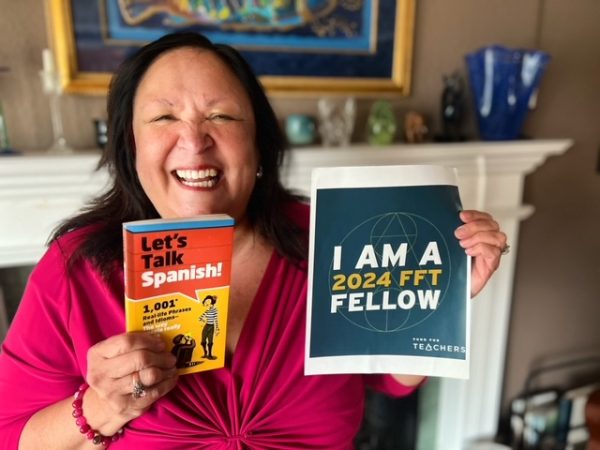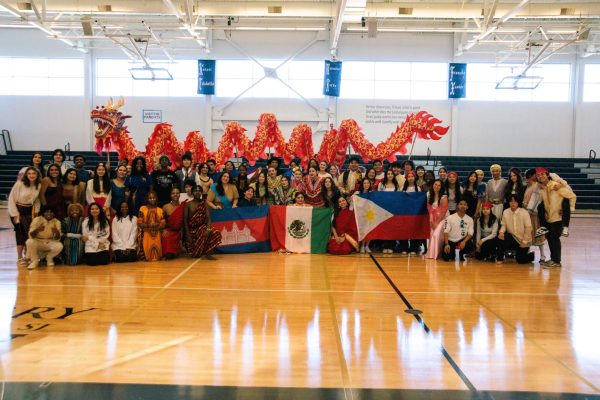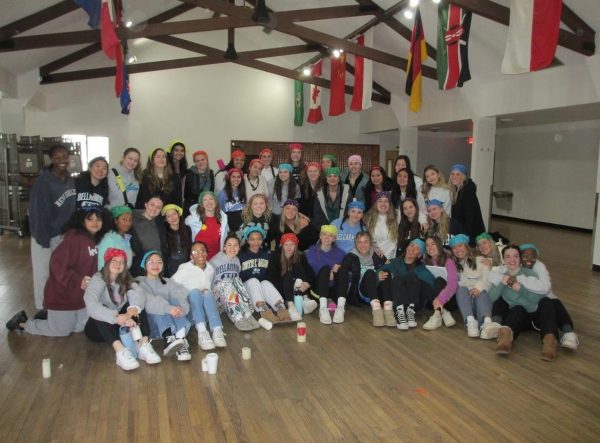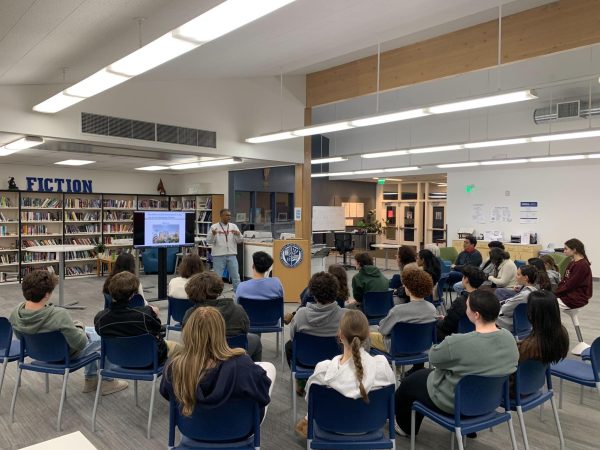Bellarmine introduces its first-ever Justice Summit


There is no question that this past year has been a monumental one for various social justice movements such as Black Lives Matter (BLM) and the Stop Asian American Pacific Islander (AAPI) Hate Movement. Although the focus of race for the justice summit was decided last year before the events of this summer, the topic seems only more significant now than before.
One of the most important things about the planning of the summit was that it was student-led. Different clubs and students created speeches, breakout sessions, and planned what topic our school would focus on. This justice summit was brought to life from the whole community, not just a few individuals. Even the keynote speaker, Erin Jones, had close ties with the Bellarmine community.
The school’s own director of diversity, equity and inclusion, Barbara Henderson, believes that “As we learn more about diversity, equity and inclusion, we realize it’s not one person’s job; it’s the entire school’s job.”
The justice summit finally came to fruition in April due to major efforts from Henderson and Ignatian Formation director Mary Rink. Henderson contacted the diversity director at Bellarmine College Prep in San Jose, CA, and acquired some tips to conduct the summit and potential topics. Rink prioritized making the justice summit both meaningful and functional since some students were still in distance learning.
The partnership of Rink and Henderson and the willingness of many teachers and students to participate is what led to the successful summit the school saw from April 20-24. Rink believes that learning about justice is critical for the culture of our school. She remarked, “It is rooted in our institution’s values to learn about justice, to advocate for justice- I can’t think of a more central piece of who we are.”
Henderson, also in the English department, co-facilitated a breakout session with English teacher Melissa Minjares about the use of the n-word in literature. Henderson discussed the literature Bellarmine requires students to read and how accurately or inaccurately they represent the student body which now comprises 39% students of color. Henderson suggested that, “We need to expand and include other authors who reflect the students at our school.”
One of the joys of reading is being able to see oneself in the place of the protagonists that one admires. Henderson encourages diversity in our Bellarmine reading, stating, “We want all of our literature to be doors that can be opened to explore other people and windows that reflect the variety of students that we have.”
Another English teacher, Jeanne Hanigan, led a breakout session on diversity in journalism. When asked if she felt that journalism in the U.S. reflects the diversity of the country and if people of color are well represented in press rooms, she stated, “Absolutely not.”
Hanigan believes that for the experiences of people of color to be truly understood, they must be told from the perspective of those who experienced them. She claims, “That’s the issue because if people are at the table they can bring those issues to life… and if they’re not at the table, those issues may just get dismissed.”
Overall, the justice summit was widely successful and made way for productive dialogue within our community. Students have already had the chance to vote for what the summit in the coming years will focus on and hopefully this tradition will continue for decades as Bellarmine upholds the Catholic, Jesuit mission of being fully committed to justice.
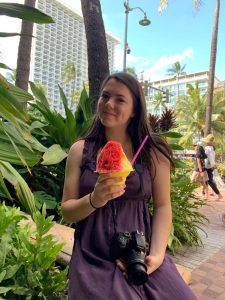
Ava Pierson is a senior who is thrilled to join the journalism crew. At Bellarmine she loves running cross country, participating in Link Crew and...

